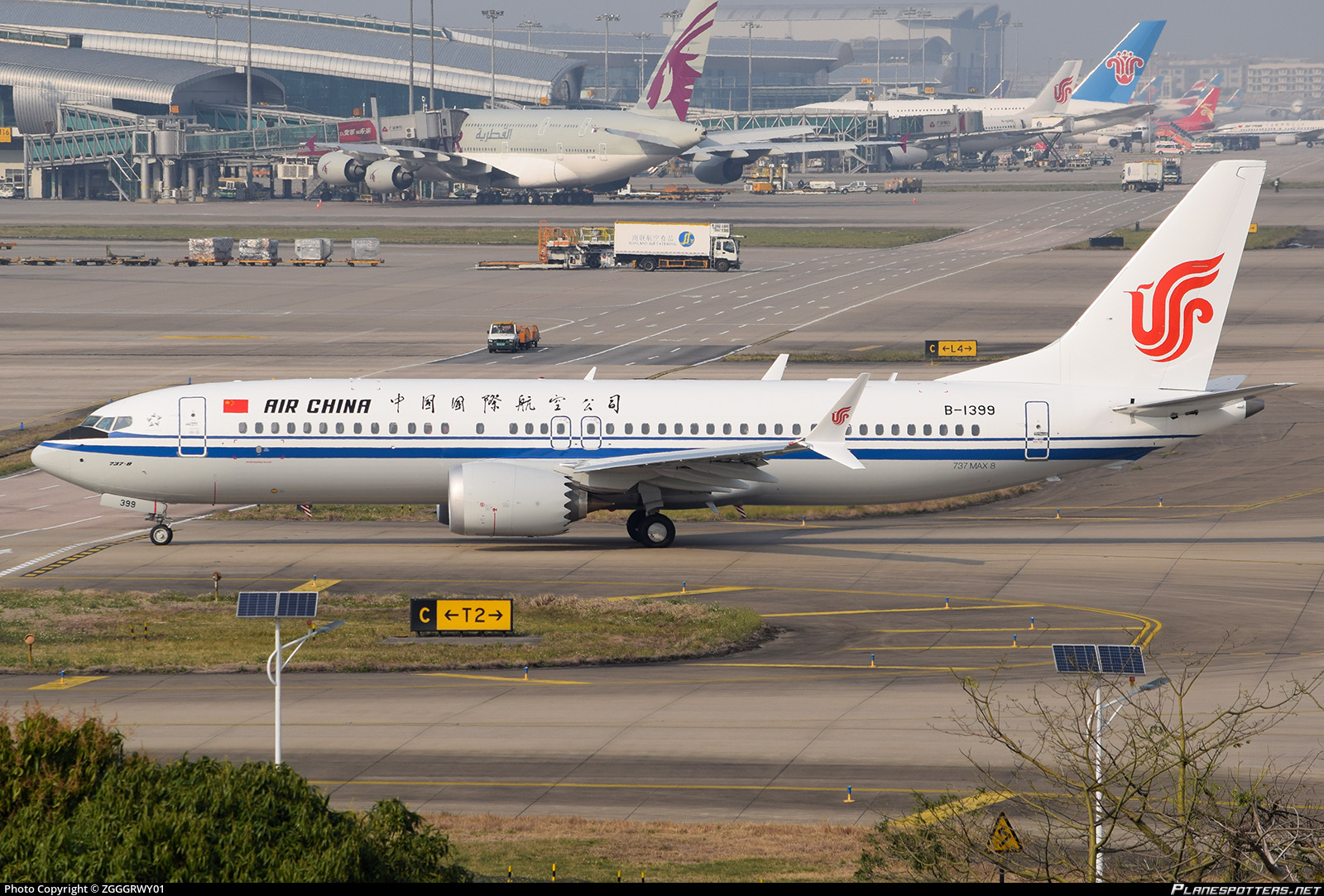Boeing has been in troubled waters since it was forced to ground its 737 MAX fleet. It was after many aircraft carriers had issued their concerns regarding the safety features of the aircraft.
The Jetliner has been involved in two crashes which have taken the lives of 346 passengers. After investigations, the MCAS anti-stalling system was identified as the reason behind the crashes.
Boeing has been attempting to revive the jetliner by constantly checking its safety feature and updating the software patch of the MCAS system. In a report by the Wall Street Journal, the MCAS system which was employed by the engineers on a military tanker jet had key safeguards which managed to keep the software from errors.
The MAX version of the software had taken in inputs from one of the two sensors regarding the angle of the nose of the jetliner. The inputs from a single sensor had caused the nose of the plane to dive down and would lead to flight control issues. The two crashes, Lion Air Flight 610 and Ethiopian Airlines Flight 302, had observed the same issue.
According to the report, the software which was employed in the military refuelling plane had the MCAS system which would read the inputs from multiple sensors and would be easy to override.
It has been widely documented that the Boeing 737 MAX did not have these features and the inability to override the system prevented the pilots to take back control of the flight if it is stalled in the air.
Boeing has been facing losses since the decision by its clients and the Federal Aviation Authority (FAA) to ground the fleet of 737 MAX. The company has been working to find a solution to the issues related to the MCAS system. Yet, there has been massive uncertainty regarding the future of the plane as there is no idea about the resumption of the fleets aviation operations
(Inputs from agencies)

